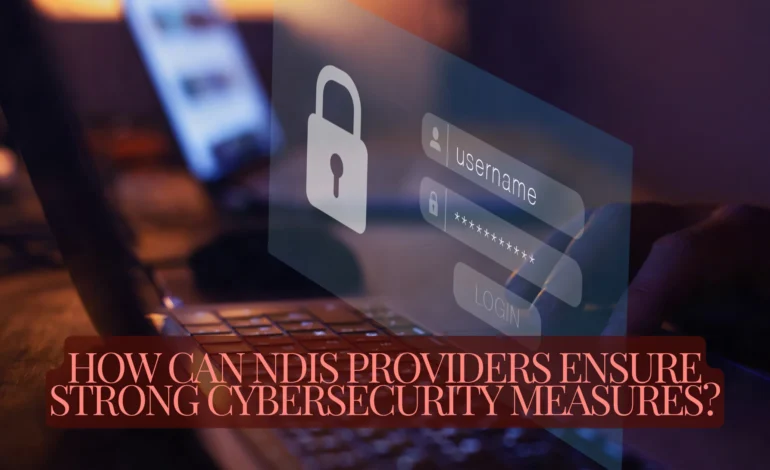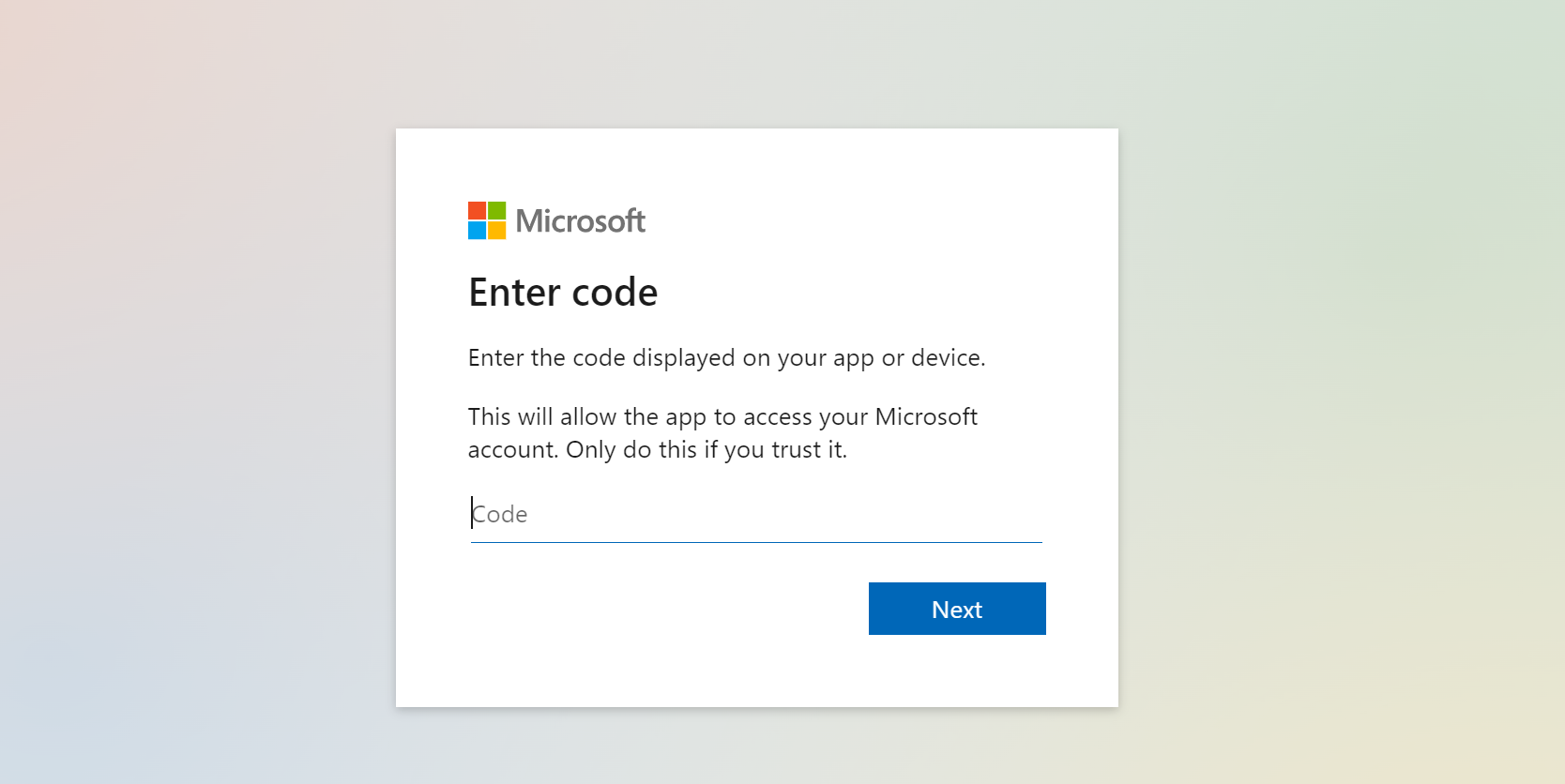
How Can NDIS Providers Ensure Strong Cybersecurity Measures?
In today’s increasingly digital world, NDIS cybersecurity plays a crucial role in protecting both service providers and participants. The National Disability Insurance Scheme (NDIS) involves sensitive personal data, including medical records and financial information, making it a prime target for cyberattacks. NDIS providers must establish robust cybersecurity practices to safeguard this information and ensure participants’ trust. Below are several practical strategies NDIS providers can adopt to strengthen their cybersecurity measures.
Table of Contents
1. Prioritize Employee Training and Awareness
One of the biggest vulnerabilities in any organisation is human error. Cybercriminals often exploit the lack of awareness among employees to infiltrate systems through phishing emails or malware. NDIS providers should conduct regular training sessions to educate staff about identifying suspicious activities and maintaining secure practices.
Moreover, setting up simulated phishing attacks can help employees learn to spot malicious attempts. When employees are well-informed, they are more likely to follow proper security protocols, reducing the chances of breaches.
2. Implement Strong Access Control Policies
Not everyone in an organisation should have unrestricted access to sensitive information. It’s essential to enforce role-based access control (RBAC) to limit access only to those who need it for their job. By doing this, NDIS providers can minimize the exposure of data and reduce the impact of any potential breaches.
Two-factor authentication (2FA) is another way to enhance NDIS cybersecurity. This requires users to verify their identity through two different channels, adding an extra layer of protection against unauthorised access.
3. Ensure Regular Software Updates
Using outdated software increases the risk of security vulnerabilities that hackers can exploit. NDIS providers should ensure all their systems, including operating software, antivirus tools, and firewalls, are up-to-date. Vendors often release patches to fix security gaps, and applying these updates in a timely manner is critical to staying protected.
Automating updates wherever possible is recommended to prevent delays and ensure continuous protection. Ignoring software updates can leave sensitive participant information exposed to attacks.
4. Encrypt Data for Enhanced Security
Encryption is one of the most effective ways to protect sensitive information. By converting data into a code that can only be accessed with a decryption key, NDIS providers can significantly reduce the impact of a data breach. Even if hackers gain access to the data, encrypted information remains unreadable without the correct key.
NDIS providers should ensure that both stored data and data in transit (e.g., emails or file transfers) are encrypted. This level of security demonstrates a proactive approach to NDIS cybersecurity, boosting participant confidence in the provider’s ability to protect their information.
5. Backup Data Regularly and Plan for Contingencies
No cybersecurity strategy is foolproof, which is why it’s important to have a solid backup plan in place. Regularly backing up data ensures that even if systems are compromised by ransomware or hardware failures, NDIS providers can recover crucial information without significant downtime.
NDIS providers should store backups in secure, off-site locations and periodically test their ability to restore systems from these backups. Having a well-prepared incident response plan further ensures the organisation can react swiftly and minimise damage in case of a cyberattack.
6. Work with Cybersecurity Experts
For many NDIS providers, managing cybersecurity internally can be overwhelming due to the complexities involved. Partnering with cybersecurity specialists helps providers implement advanced security measures and monitor systems for any suspicious activity.
An external cybersecurity team can also conduct periodic audits to identify vulnerabilities that internal teams might overlook. This proactive approach allows NDIS providers to stay ahead of emerging threats and continuously improve their NDIS cybersecurity framework.
7. Monitor and Respond to Threats in Real Time
Early detection of cyber threats can prevent small issues from escalating into major incidents. NDIS providers should utilise security monitoring tools that offer real-time alerts for suspicious activities. These tools enable quick responses, minimising the impact of potential breaches.
Establishing a security operations centre (SOC) or working with a managed security service provider (MSSP) ensures constant monitoring and response readiness. The faster a threat is identified and addressed, the less likely it will cause significant harm to the organisation and its participants.
Conclusion
Given the sensitive nature of the information they handle, NDIS providers must take cybersecurity seriously. Simple strategies like employee training, encryption, regular updates, and backups can go a long way in creating a secure environment. By adopting a proactive approach and partnering with cybersecurity experts, NDIS providers can mitigate risks and build trust with participants.
Strong NDIS cybersecurity practices aren’t just about compliance—they’re about ensuring peace of mind for participants and protecting the organisation’s reputation. Providers who stay vigilant and committed to improving their security measures will be better prepared to face evolving cyber threats head-on.





